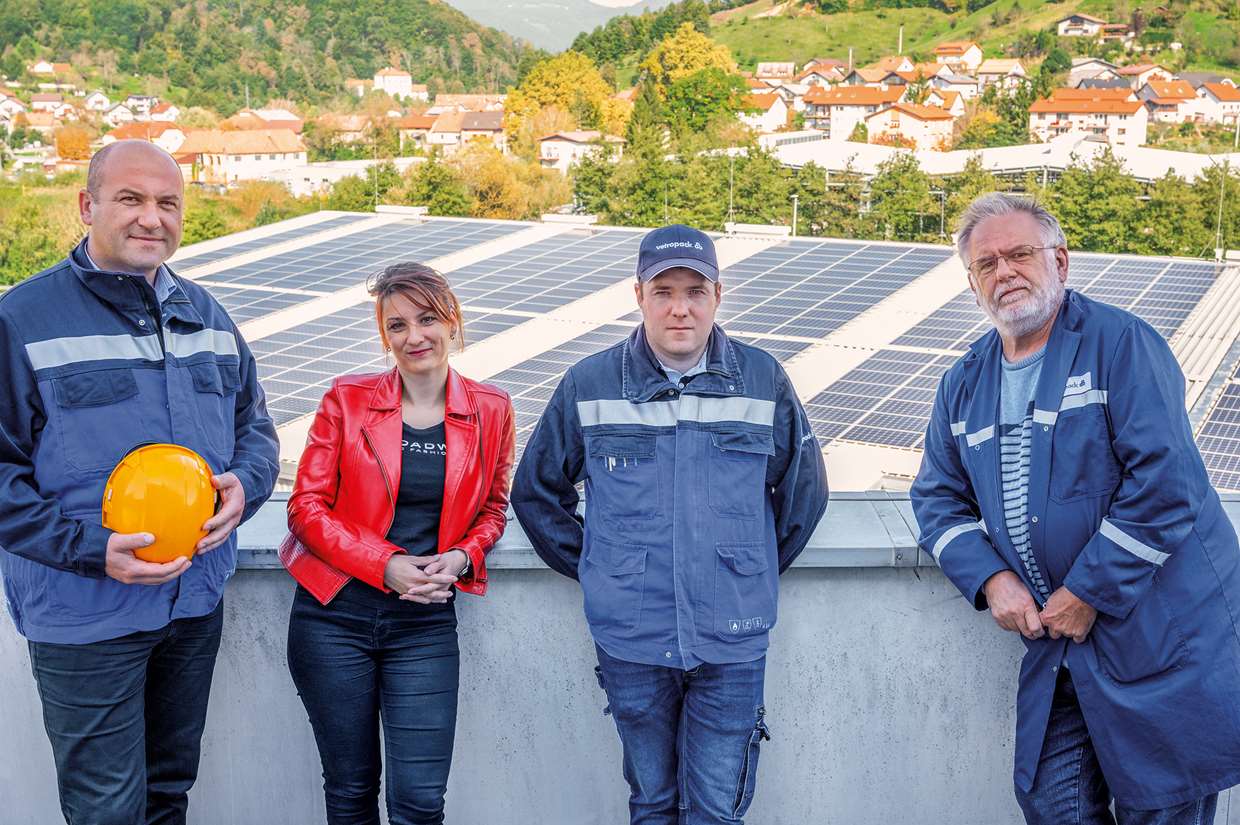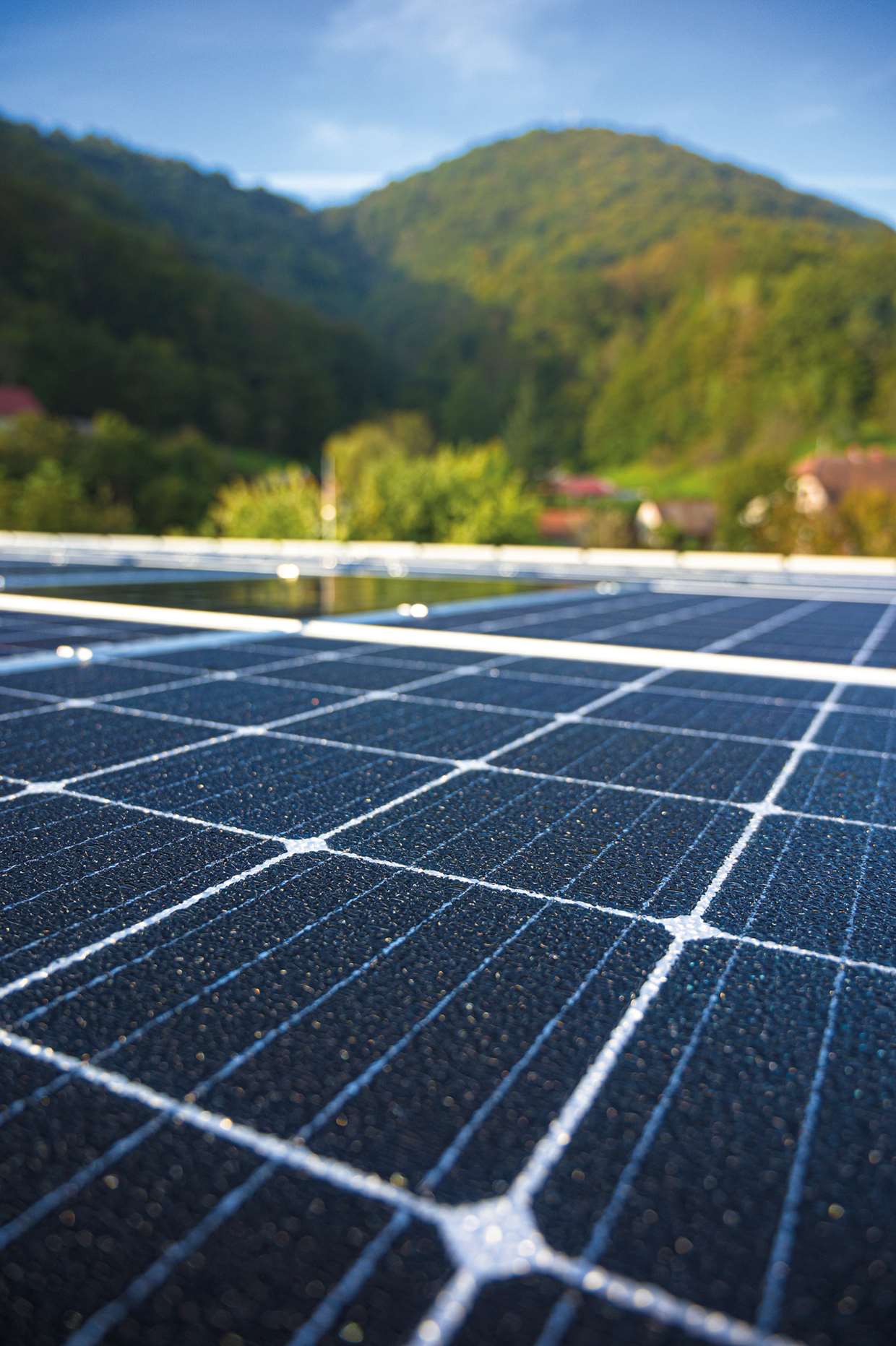- Interview CEO
- Vetropack Locations
- Market environment offering opportunities and challenges
- Business model
- Strategy 2030
- Management Structure
- Organisation
- Col2
- Material Topics and Performance Review
- Customers and suppliers
- Finances
- Innovation and intellectual property
- Production and products
- Employees
- Environment
- Col3
- New designs
- Financial Report
- Col1
- At a Glance
- Financial Report Vetropack Group
- Consolidated Balance Sheet
- Consolidated Income Statement
- Consolidated Cash Flow Statement
- Changes in Consolidated Shareholders’ Equity
- Consolidation Principles
- Valuation Principles
- Notes
- Ownership Structure
- Company Participations
- Report of the statutory auditor on the consolidated financial statements
- Five Year Overview
- Col2
- Financial Report Vetropack Holding Ltd
- Balance Sheet
- Income Statement
- Notes
- Board of Directors’ (BoD) Proposal for the Corporate Profit Appropriation
- Report of the statutory auditor on the financial statements
- Five Year Overview
- Corporate Governance
- Col1
- Introduction
- Board of Directors
- MB Members
- Remuneration and Additional Information
- Shareholders’ Participation Rights
- Auditors
- Information Policy
- Contact Address
- Remuneration Report
- Col1
- Introduction
- Principles of the Remuneration Scheme and its Components Audited Information
- Organisation and Authorities for Determining Remuneration
- Description of the Remuneration Components
- Board of Director’s Remuneration
- Management Board’s Remuneration
- Comparison of Remuneration disbursed with the Remuneration approved by the 2018 and 2019 Annual General Assembly
- Shareholdings
- Report of the statutory auditor on the remuneration report
- Sustainability Report
- Col1
- Sustainability Report
Photovoltaic systems at Vetropack plants
An active programme for passive roofs
Typical industrial plants have a lot of unused space – not in the production halls and warehouses, but at a higher level, so to speak. The Vetropack Straža plant in Croatia has capitalised on this previously disregarded idle asset. Solar power is now being produced on the extensive roof areas of the plant facilities.
The sustainable use of energy is threefold: saving, increasing efficiency and switching to renewable energies. Vetropack is on the right track in all three areas, and now another element is being added – at Vetropack Straža, electricity is being produced using solar energy.

Large-scale solar panels tap into sustainable resources
On the roof of the finished goods warehouse at the Croatian plant in Hum na Sutli, though they cannot be seen from the street, 3,400 solar panels are mounted on a supporting structure. On an area of 5,565 square metres, powerful modules with an electrical output of 828 kW have been installed that will produce about 1,000 MWh of electricity per year, if the forecasts for expected sunlight are correct.
For the project team led by Mario Berc, Deputy Technical Manager of Vetropack Straža, the planning and implementation of the system was a challenge. Projects such as this are not one of the everyday tasks in an industrial plant, and the system is supposed to supply electricity reliably over a long period of time. “The commissioning is a special achievement by our technical team. With this project we have broken new ground,” reports Berc.
In September 2019, the solar plant, which technically consists of two separate blocks, was connected to the plant’s internal power grid and put into operation. The electricity generated is used right on site and is mainly used to generate compressed air. Compressed air plays a key role when bottles and glasses are moulded in modern industrial processes. It is required in correspondingly large quantities and is produced in powerful compressors.

Important experience for the Vetropack Group
The photovoltaic plant is the second one operated by the Vetropack Group. The Pöchlarn plant in Austria has been producing around 2,800 MWh of electricity annually since 2017, with a collector area of 17,500 square metres. In comparison, this corresponds to the average annual electricity consumption of 700 four-person households. In Pöchlarn, however, a different model is followed – the roof areas are leased to a third-party company, which operates its own photovoltaic system on them and feeds the electricity into the grid. The two models show different uses for the electricity generated. Which option is chosen also depends on the energy policy in the country concerned. Vetropack can now gain experience with both possibilities.
The result is equally positive for the environment. Whether the CO2-neutral electricity is used directly in the plant or goes into the general power grid and is consumed elsewhere, what is important is that it replaces forms of energy production that harm the environment. The balance sheet is also positive for the Vetropack Group, and further projects for sustainable energy use will follow. Project manager Mario Berc is confident: “I believe that this is only the beginning. In the near future, renewable energies will become an integral part of the entire Vetropack Group”.
This website uses cookies to ensure you get the best experience on our website.Privacy statement
- Sustainability Report
- Col1
- Col1
- Col1
- Col1
- Material Topics and Performance Review